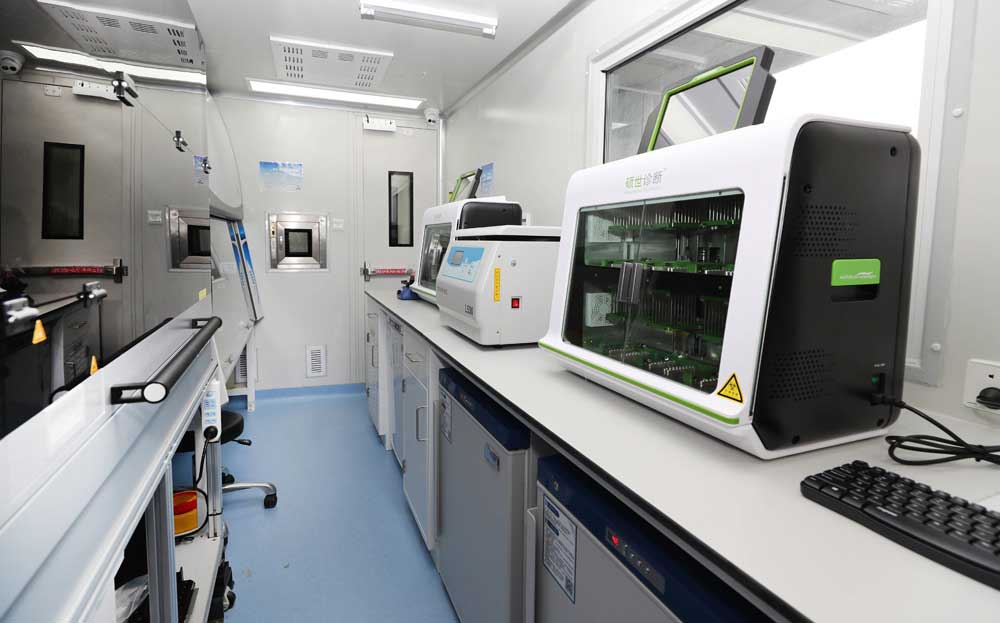"Lessons Learned: Comprehensive Insights on AIDS Prevention"
In the realm of public health, the fight against AIDS (Acquired Immune Deficiency Syndrome) stands as a testament to human resilience and scientific progress. Over the decades, our understanding of this complex disease has evolved, leading to significant advancements in prevention, treatment, and care. This article aims to summarize the pivotal lessons learned in the battle against AIDS, emphasizing strategies that have proven effective in mitigating its spread and improving the quality of life for those affected.

Awareness: The First Line of Defense
At the heart of any successful prevention campaign lies awareness. Early education efforts focused on dispelling myths and fostering understanding of HIV (Human Immunodeficiency Virus), the virus that causes AIDS. By highlighting the modes of transmission—primarily sexual contact, contaminated blood products, and mother-to-child during pregnancy or breastfeeding—educators have empowered individuals to make informed choices. The normalization of conversations around sexuality, drug use, and safe practices has been crucial in breaking down stigma and encouraging open dialogue.
Behavioral Changes: From Knowledge to Action
Knowledge alone, however, is insufficient. Translating awareness into actionable behaviors has been paramount. Promoting abstinence, fidelity in sexual relationships, and consistent use of condoms have been cornerstones of prevention strategies. Additionally, harm reduction approaches, such as providing clean needles to injection drug users, have played a vital role in reducing transmission rates among high-risk groups. These strategies recognize that while eliminating risk behaviors entirely might be ideal, supporting safer practices is a more realistic and effective approach.
Medical Interventions: Breakthroughs in Prevention
Medical science has delivered remarkable innovations in AIDS prevention. Pre-exposure prophylaxis (PrEP), a medication taken daily by HIV-negative individuals to reduce the risk of infection, represents a significant shift. Similarly, post-exposure prophylaxis (PEP), initiated within 72 hours of exposure, can prevent HIV infection if taken correctly. Furthermore, advancements in antiretroviral therapy (ART) have transformed HIV from a fatal disease to a chronic, manageable condition, significantly reducing the viral load in infected individuals and thereby lowering their infectiousness.
Community Engagement: The Power of Collective Action
Community-based organizations have been instrumental in filling gaps left by formal health systems. They provide tailored support services, from counseling and testing to care and treatment, often reaching marginalized populations that might otherwise be overlooked. By fostering a sense of belonging and shared responsibility, these organizations have strengthened social cohesion and resilience within communities.
Global Collaboration: A Unified Front

The AIDS epidemic transcends borders, necessitating international cooperation. Organizations like the Joint United Nations Programme on HIV/AIDS (UNAIDS) and the Global Fund to Fight AIDS, Tuberculosis and Malaria have coordinated global responses, ensuring that resources, knowledge, and best practices are shared equitably. This collaboration has led to substantial declines in new HIV infections and AIDS-related deaths worldwide.
Conclusion: A Continuous Journey
While the progress in AIDS prevention is undeniable, the journey is far from complete. Emerging challenges, such as the rise of drug-resistant strains of HIV and persistent stigma, demand ongoing vigilance and innovation. By continuing to invest in education, medical research, community engagement, and global partnerships, we can further reduce the incidence of HIV and ultimately achieve an AIDS-free generation. The lessons learned thus far serve as a beacon, guiding us towards a future where AIDS is no longer a public health crisis but a manageable health condition, managed with compassion, science, and collective action.
致曾有过高风险行为的朋友:请铭记,艾滋病的早期发现至关重要。越早确诊,疾病的控制就越为容易,治疗成本更低,生存期限也能大幅延长。设想一下,若在感染后的第一周便能及时检测出来,您的预期寿命几乎可以等同于常人,甚至能将艾滋病视为一种慢性疾病,轻松管理和控制。然而,若诊断过晚,情况将大为不妙,众多患者的平均存活年限可能仅为2至10年。因此,利用前沿技术尽早进行检测,对于避免病情恶化具有不可估量的价值。
目前,检测HIV的最前沿方法是DNA核酸检测,它能比其他检测方法提前三周发现病毒。这就像新冠疫情初期,我们选择检测核酸而非抗原抗体一样,因为核酸的灵敏度更高,检测速度更快。如果能赢得这段黄金时间,尽早开始治疗,感染者将收获巨大的益处。
艾测网提供的HIV DNA核酸检测服务,是与国内顶尖大型实验室携手推出的项目。这些实验室配备了尖端设备,拥有专业的技术团队。由于处理大量检测样本,他们不仅能迅速出具结果,而且性价比极高。在艾测网进行检测,不仅流程简便高效,更能确保您的隐私安全。我们无需实名制,也不会对您的生活和工作造成任何影响。
如果您有检测需求,艾测网将是您的理想选择。我们承诺为您提供贴心、专业的服务,为您排忧解难。



